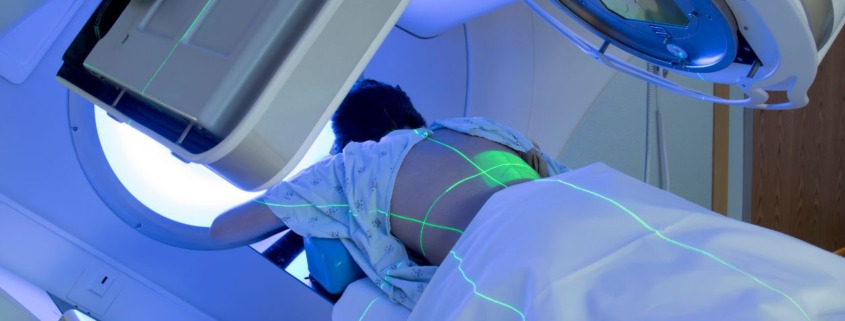Understanding The Use Of Radiation In Cancer Treatment
For anybody needing radiotherapy, the prospect can be daunting and includes a lot of uncertainty. Some of that will centre on the prognosis and be based on a lack of detailed knowledge of the nature of your condition. However, in the course of your treatment at our radiotherapy centre you will receive plenty of information about this.
Allied to this will be uncertainty about the use of radiotherapy. The fact it involves radiation may be unnerving for some, since radioactivity is usually perceived as a harmful thing. For this reason, you will receive lots of information about what is involved, how treatment is delivered and how it will benefit you as a patient.
Understanding Radiation
The first thing to understand about radiation is that it is everywhere. Background radiation is naturally present in the environment, we get some from the sun’s ultraviolet rays, and we are exposed to it at low levels from some electrical devices.
It is even naturally present in some foods, such as bananas with their high potassium content.
This fact has even led to the establishment of the ‘Banana Equivalent Dose’ measurement of radiation, which is extremely low compared to dangerous doses (such as those associated with nuclear accidents at Chernobyl and Fukushima), but helps provide an example of how safe the levels of radiation exposure are in most cases.
Understood correctly, radiation is like many other things in only being harmful in large quantities. A good example of this would be salt, which is important for our health in low quantities, but in large amounts can cause health problems (especially in the liver).
Radiation And Radiotherapy
This may leave you wondering about just how much radiation is involved in radiotherapy. As a banana equivalent dose, it is undoubtedly high, much more so than other medical procedures and scans you might have.
For instance, the radiation exposure of a dental X-ray is the equivalent of the radiation contained in two bananas. A chest X-ray may be as high as 1,000, a mammogram will be 20,000 and a chest CT scan is much higher still at 70,000.
The level of radiation that would prove fatal within a fortnight is vastly higher than this, at 100,000. This is five times as high as the dose of radiation you will receive in targeted radiotherapy.
If that still sounds like a very high dose, it is, but it is also why radiotherapy is given in limited doses and targeted specifically at the area affected by cancer. This means that a tumour can be shrunk by the radiation damaging its cell DNA, preventing it from repairing cells which consequently die.
However, such exposure can also damage surrounding healthy tissue, which is what causes the various side effects of radiotherapy. This is why your oncologist will explain these to you so you know what to expect and how to cope. Side effects can include hair loss, a loss of appetite, gastric problems and fatigue, so it is important to be prepared.
Some effects can be long-lasting and affect you long after the treatment has concluded, such as your skin looking or feeling different, hair not growing back as well, and, most significantly, infertility in cases where abdominal doses of radiation were given. However, most symptoms will soon fade away.
The Importance Of Precision
To minimise these symptoms, your treatment will be delivered with great precision, using the latest technology. Although radiotherapy has been used in cancer treatment since the turn of the 20th century, it has been refined considerably down the years, partly due to growing scientific understanding of radiation and, latterly, more precise tools.
What this does is enable the dose of cancer cell-damaging radiation to be aimed exactly where it needs to be, with little or no damage to surrounding healthy tissue.
Several devices have been designed to do this in different ways, depending on what kind of cancer it is and where it is located.
For example, the invention of the gamma knife in the 1960s provided an instrument that could provide particularly precise beams of intense radiation.
This made it ideal for use in treating brain tumours, providing a method of shrinking them without the need for invasive surgery (although, in practice, there will be instances where both methods will be used during treatment).
Staying Informed
If you are a patient with us, we will provide you with extensive information about what radiotherapy involves, both in general terms and regarding the specific form of treatment that is best suited to your circumstances.
This will ensure that you can play a part in decision-making about your treatment and that you go into every session fully aware of everything that is going on, giving you confidence and assurance in the treatment you receive.


